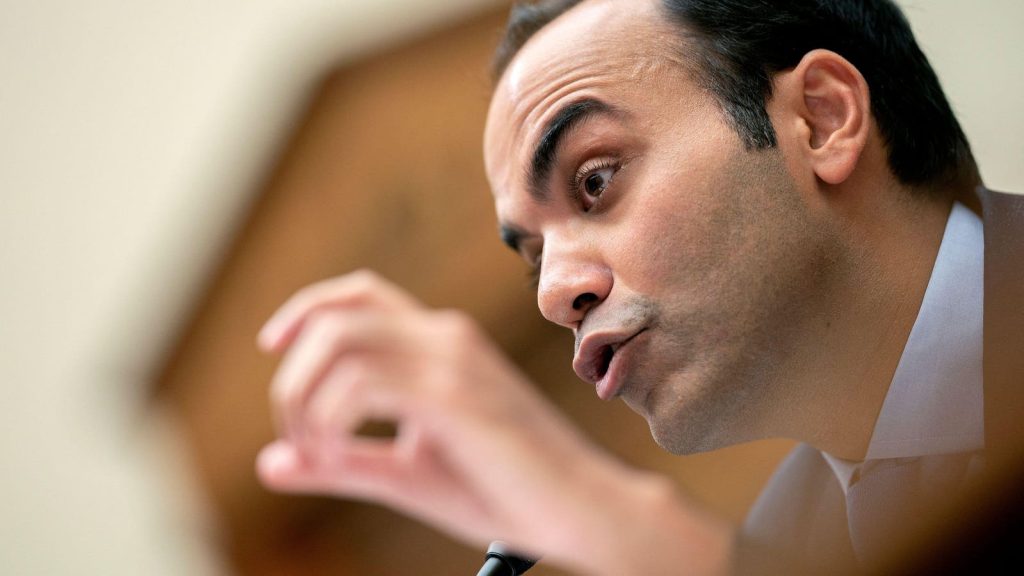The State Bank of India (SBI) is recalibrating its strategy to increase its current account deposits, in response to the Centre’s “just-in-time” (JIT) funding policy that has reduced bank float. The bank is now focusing on attracting mid-range and high-value customers, startups, and new firms. To facilitate this growth, SBI has set up transaction banking hubs across 34 locations in India.
The Centre’s JIT funding policy, which encourages the ‘just in time release’ principle for all payments to improve cash management efficiency and monitor fund availability and utilization under Centrally Sponsored Schemes (CSS), has led to a decrease in both float funds and time in the banking sector. This shift has prompted SBI’s strategic changes.
Banking expert V Viswanathan noted that the evolution of payment systems such as the Real Time Gross Settlement System (RTGS), National Electronic Funds Transfer (NEFT), Immediate Payment Service (IMPS), and cheque truncation practices have also contributed to the reduction of float.
Current accounts, which are used for numerous business transactions, do not yield interest but provide overdraft facilities. These accounts create float during payment processing delays. However, recent trends show a decline in current account and savings account (CASA) deposits, which now make up 41.88% of domestic deposits as of September 2023.
SBI Chairman Dinesh Kumar Khara attributed this fall in CASA deposits to behavioral shifts during inflationary times. In response, SBI is aiming to bolster its current account relative to its savings account. This move is part of a broader strategy to counter the effects of the JIT funding policy and changes in customer behavior.
InvestingPro Insights
As SBI recalibrates its strategy to increase its current account deposits, it’s essential to consider key financial metrics and insights provided by InvestingPro.
Notably, SBI has seen revenue growth of 5.67% during the last twelve months as of Q2 2023, according to InvestingPro data. This growth aligns with one of the InvestingPro Tips, which highlights SBI’s accelerating revenue growth.
SBI’s market cap stands at 102.47M USD, and the bank has experienced a quarterly revenue growth of 11.6% in Q2 2023. This suggests that the bank’s new strategies could be paying off.
On the other hand, the InvestingPro Tips point out some areas of concern. SBI has been quickly burning through cash and has seen an increase in total debt for consecutive years. These factors could potentially impact the bank’s ability to maintain its dividend yield, currently at 3.87%.
In conclusion, while SBI’s strategic changes seem to be driving growth, there are financial aspects that investors should monitor closely. For more comprehensive insights, consider exploring the additional 16 InvestingPro Tips available for SBI on the InvestingPro platform.
This article was generated with the support of AI and reviewed by an editor. For more information see our T&C.
Read the full article here







